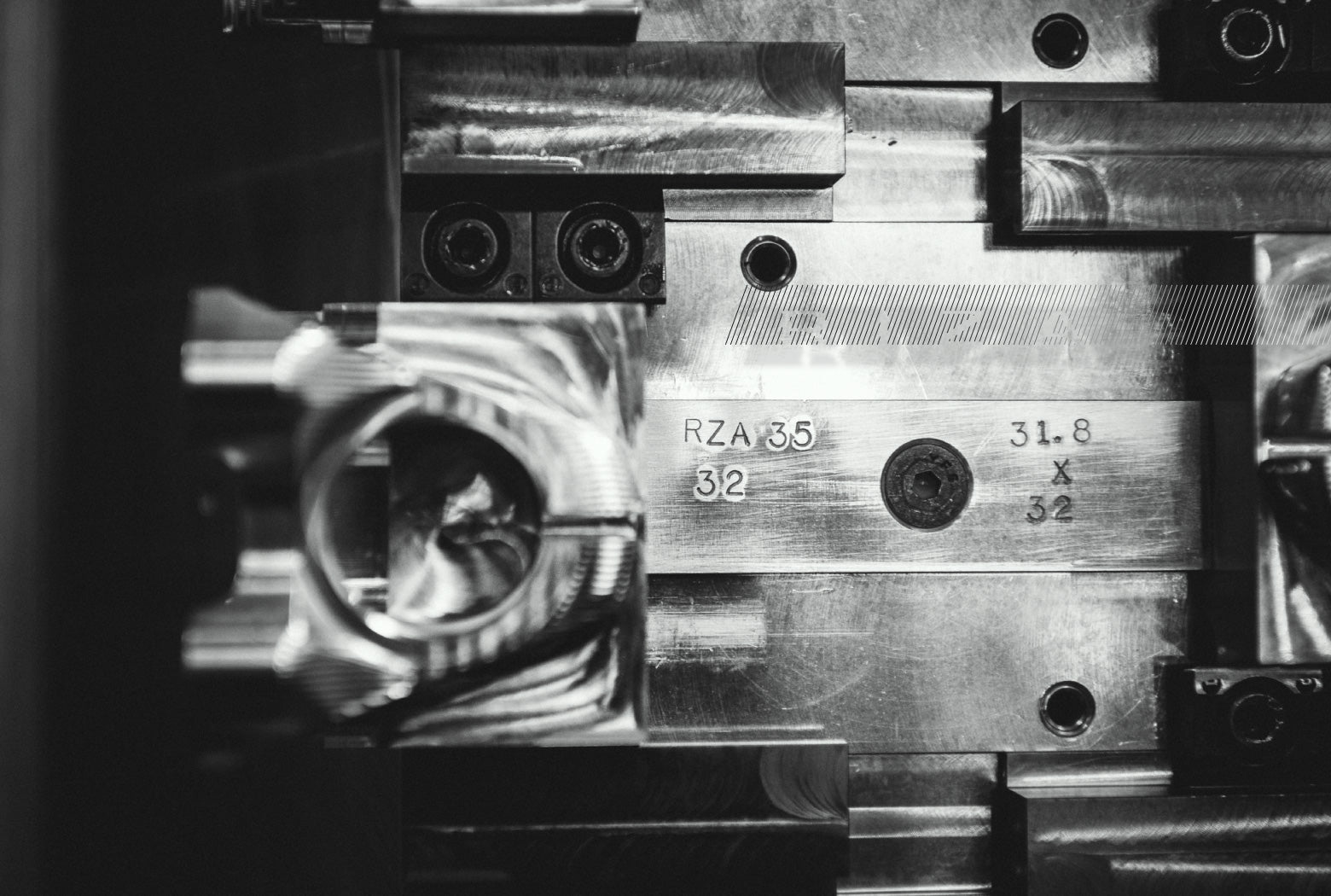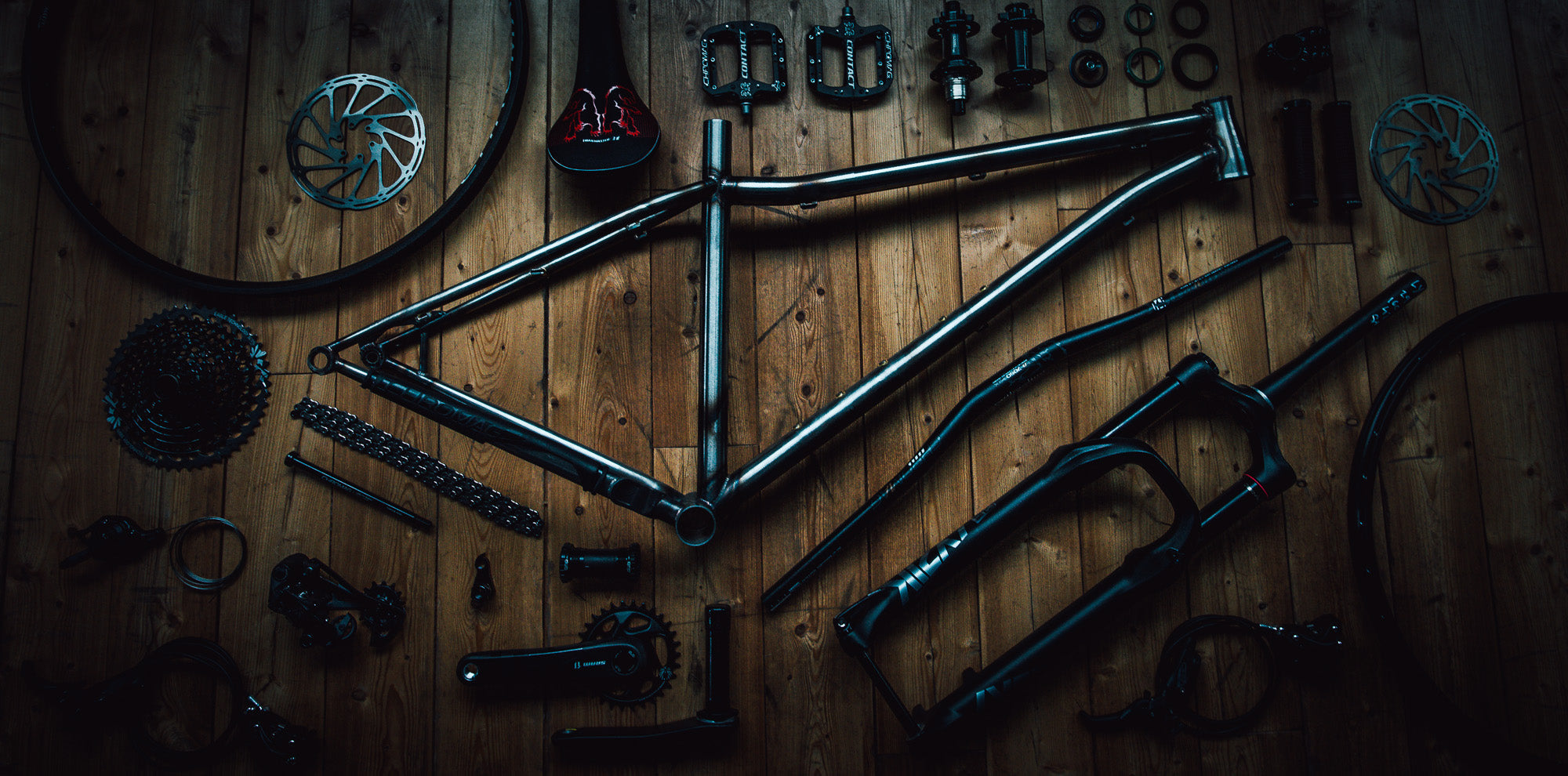Hemos utilizado nuestros conocimientos de fabricación de vástagos durante casi 20 años para crear un nuevo y exclusivo agarrador de barra, fabricado en Canadá. ( Puedes encontrar el RIZA aquí).
Hagamos un pequeño recorrido por cómo se produce RIZA, aquí mismo en Whistler, Columbia Británica.

CAD (Diseño asistido por computadora):
Se relaciona principalmente con el diseño de un producto; dicho de forma sencilla, con la creación de un modelo informático. En este caso, es 3D, aunque también puede ser 2D.
CAM (fabricación asistida por computadora):
Se relaciona con la creación física de algo. El arte de decirle a la máquina qué quieres que haga y cómo quieres que se mueva.
Dos procesos muy diferentes y profundamente entrelazados.

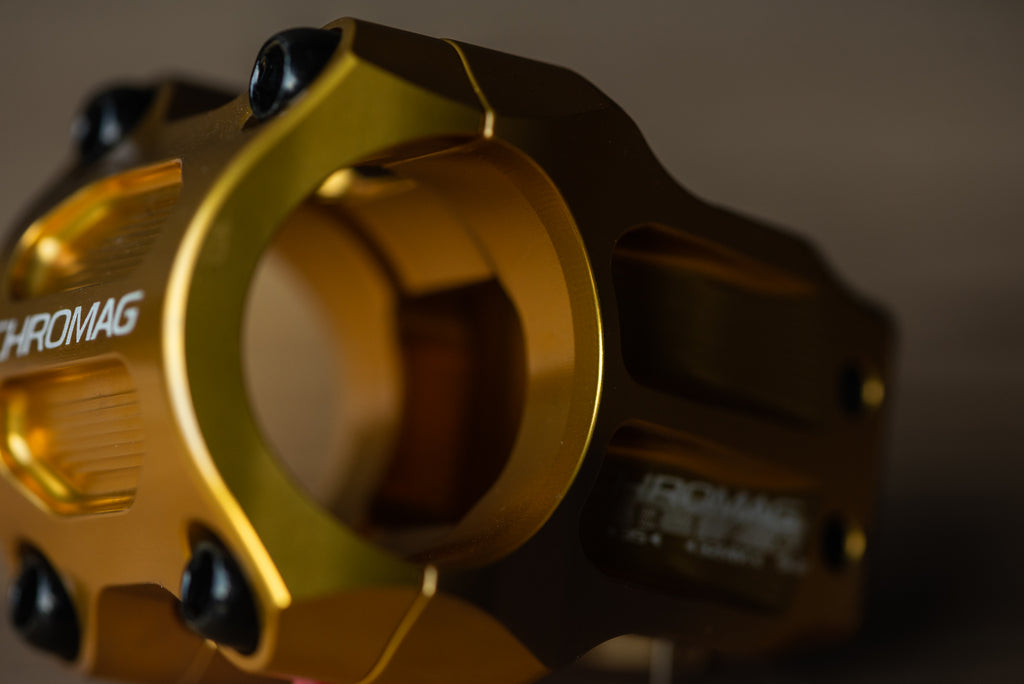
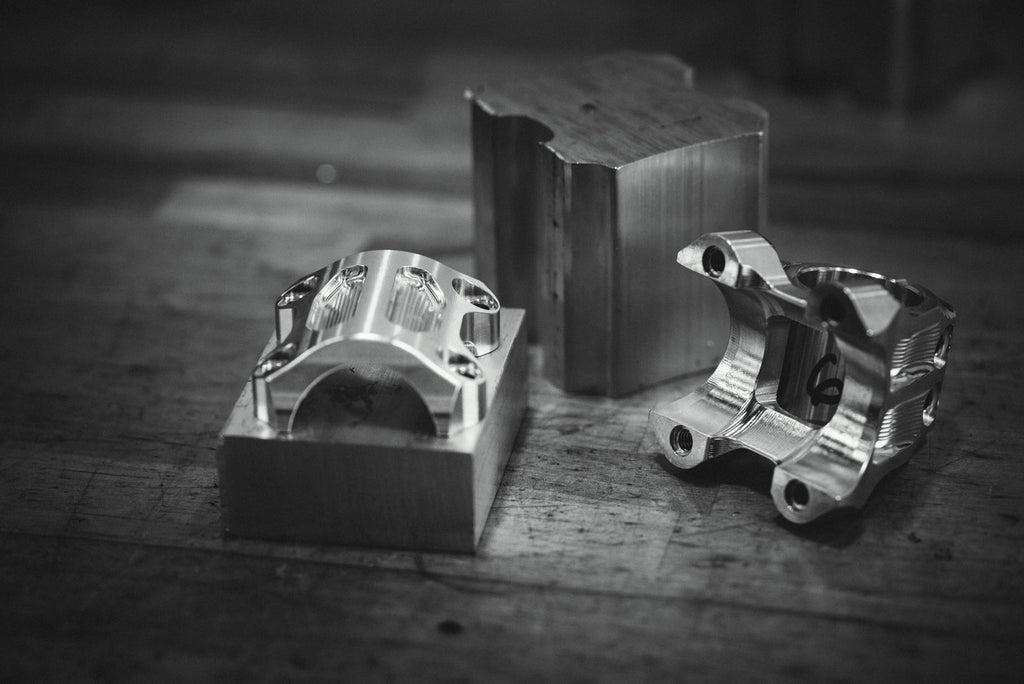
Podríamos optar por un forjado casi neto en el futuro (como en una plancha para gofres), algo que ya hemos hecho, pero obviamente existe una barrera de coste considerable. Un forjado casi neto básicamente aplasta la aleación (en este caso, aluminio 6061) hasta obtener una forma muy similar a la forma final del vástago, y requiere muy poco mecanizado. Esto conlleva sus propios desafíos, el mayor de los cuales es que se necesita un forjado para cada longitud/tamaño de abrazadera de barra, mientras que actualmente podemos usar una extrusión para todos los tamaños. Esto se debe a que la huella del vástago es muy similar para todos los tamaños; solo necesitamos cortar el material a diferentes longitudes.
Incluso cortar el material es una habilidad, calcular el grosor de la hoja y cuántos tamaños se pueden colocar en una barra para producir el menor desperdicio posible.
 |
 |
Una vez cortado el material a la medida, se carga en las máquinas correspondientes, listo para presionar el botón verde. Esto también debe hacerse con sumo cuidado. Un material de tamaño incorrecto cargado con el programa incorrecto puede tener efectos catastróficos y causar daños por valor de decenas de miles de dólares.

Es un error común pensar que basta con introducir una pieza de metal en una máquina, pulsar un botón verde y la pieza sale. Creo que la mejor manera de cuestionar esta idea es preguntarse: "¿Pero cómo se sujeta?". Normalmente, se puede sujetar el material con bastante facilidad en un tornillo de banco, ya que tiene lados rectos, pero una vez mecanizado ese lado, hay que darle la vuelta y terminar de mecanizar el lado que se sujetaba anteriormente. Esto suele requerir técnicas innovadoras y herramientas personalizadas. Para un pequeño reto, ¡mira la placa frontal RIZA y piensa en cómo podrías sujetarla!
 |
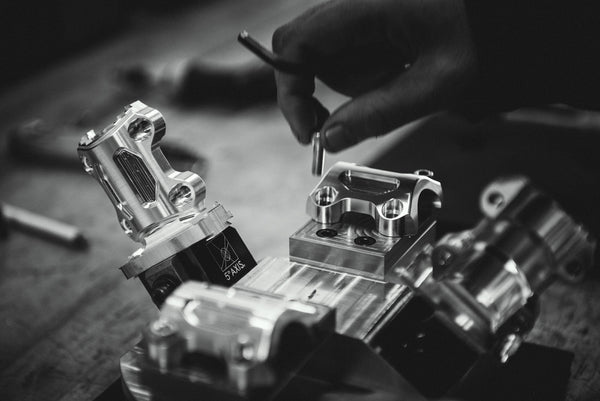 |
Una vez lista la pieza, suele ser necesario desbarbarla manualmente. Se pueden realizar cambios en el programa para reducir esta necesidad, pero esto suele afectar el tiempo de ejecución. Si el operador dispone de tiempo entre ciclos (la placa frontal de RIZA es de 18 minutos), se podría considerar que hay tiempo para desbarbar manualmente mientras la máquina está en funcionamiento.

Cuando la pieza está lista, se retira, se carga material nuevo y el ciclo se reanuda. A continuación, la pieza se somete a control de calidad. Esto puede implicar medir ciertas características con un alto grado de precisión, usar calibres de tolerancia o simplemente comprobar el ajuste con sus contrapartes. Es posible que sea necesario ajustar el programa a medida que cambian las cosas a lo largo del día, por lo que una comprobación periódica de tolerancias permite controlar esto. El calentamiento de la máquina puede tener un efecto, o incluso cambios de operador. Un operador puede apretar las piezas de forma ligeramente diferente a otro, lo que puede dar lugar a un resultado distinto, a veces en un área crucial.
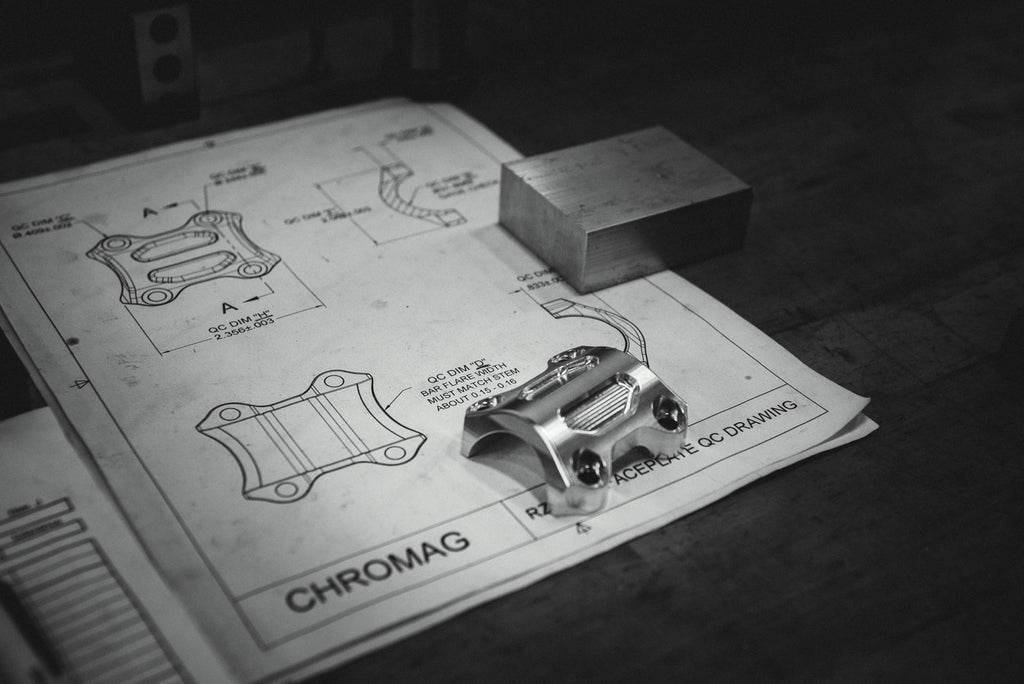
Si las piezas están dentro de la tolerancia, se introducen en un pulidor o pulidor, según el color final deseado. El acabado plateado, por ejemplo, se pule antes del anodizado. El anodizado, en este caso, es transparente, lo que permite que el color plateado se vea a través de él, pero lo protege y evita que su brillante acabado se oxide al ser rociado con sudor.
 |
 |
Cuando el lote está listo, se envían a anodizar en Alberta. Luego regresan a NSB para el grabado láser, un proceso que puede arruinar semanas de trabajo en cuestión de segundos.

Luego los ensamblamos aquí en Chromag, los empaquetamos y los preparamos para enviarlos a nuestros fieles clientes. Antes de esto, solemos haber producido muestras para probarlas, fotografiarlas y que los atletas las prueben.
 |
 |

 |
 |
¡Esperamos que esto le brinde una idea del nivel de cuidado y atención al detalle que ponemos en todos nuestros productos y, con un poco de suerte, haya aprendido algo!
El RIZA está disponible en negro, dorado, rojo, azul y plateado, con un peso de 176 g (35 x 32 mm). Está disponible con abrazaderas de 31,8 y 35 mm y longitudes de 32, 38 y 45 mm.

